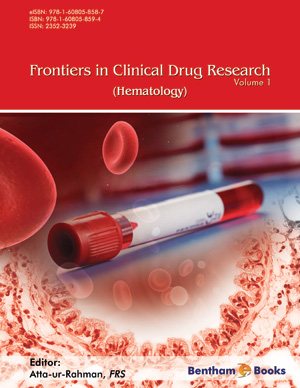Abstract
Molecular imaging, defined as the in vivo characterization and measurement of biologic processes at the cellular and subcellualr level, has grown exponentially during the past two decades. Many imaging techniques, involving nuclear tomographic imaging, magnetic resonance imaging, X-ray computed tomography, scintigraphy and optical imaging, have been applied in many aspects of preclinical and clinical studies. Compare to conventional readouts, molecular imaging, employing specific molecular probes as the source of image agents, can be performed in the intact organism with sufficient spatial and temporal resolution for studying biological processes in vivo. Therefore, it can provide the potential for the understanding of integrative biology, earlier detection and characterization of diseases, evaluation of treatment, and guiding of drug research. For these reason, most large pharmaceutical companies chose molecular imaging as drug development tool to select candidates and enhance our understanding of disease and drug activity. Hematology refers to the study of etiology, diagnosis, treatment, prognosis, and prevention of blood diseases that affect the production of blood and its components, such as blood cells, hemoglobin, blood proteins, and the mechanism of coagulation. It associates disorders which primarily affect the blood, including anemia, aplastic anemia, leukemia, lymphoma, multiple myeloma and so on. In the past decade the development of imaging agents and the evolution of imaging modalities has led to huge changes in the diagnoses and therapy of haematologic disorders. This chapter summarizes the recent advances on the application of molecular imaging in staging and evaluation treatment response in haematologic diseases, including thrombus, atherosclerosis, lymphoma, myeloma and thrombus, highlighting successes how molecular imaging can be used in the different stages of drug development in hematology research. Prospects of molecular imaging in this area are also presented.
Keywords: Molecular imaging, haematology, drug research, imaging agents, thrombus, atherosclerosis, lymphoma, myeloma, transplanted stem cells.






















